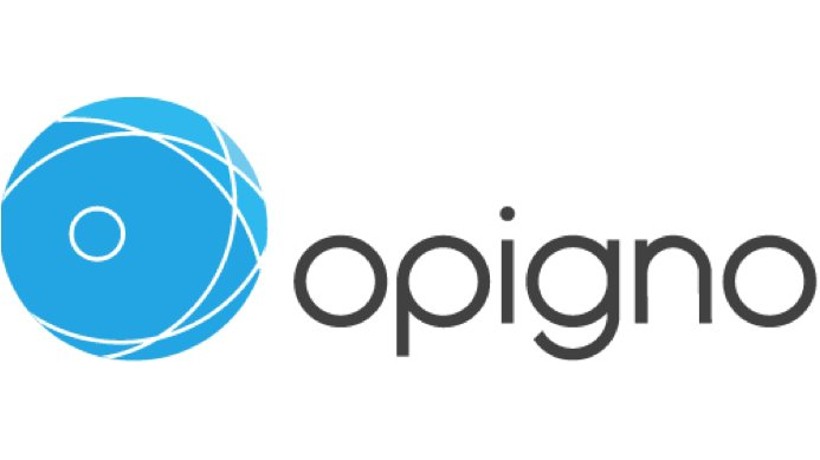Custom Or Off-The-Shelf eLearning Solutions?
In 2022, the global eLearning market was estimated at $235.5 billion and predicted to grow to $648.6 billion by 2030. The COVID-19 pandemic and, as a result, the demand for coherent learning systems significantly influenced the future of online education and stimulated the eLearning market growth. Today, eLearning platforms have become integral to our lives: people widely use language-learning apps, children study at home, and professionals educate at work. The most popular eLearning apps are Learning Management Systems (LMS), educational portals, learning content management systems (LCMS), and virtual classrooms.
Developing and implementing education software can benefit educational institutions and businesses from various domains that are willing to effectively train their employees and educate their existing and potential clients. So how does one build an effective eLearning system tailored to particular educational and business requirements? Learn some major differences behind the two popular eLearning software development options as we investigate the pros and cons of custom and platform-based education software development.
Custom And Platform-Based Software Explained
There are two ways to build your education software: create a custom eLearning software or use a platform-based one. Platform-based education software is an off-the-shelf application with a user-friendly interface and pre-made modules that can be seamlessly integrated and adjusted to your needs to a certain extent. Meanwhile, custom eLearning software development requires building the application from scratch, tailoring all the features and customization to your business needs and specific user groups. So what major factors should be considered to make an informed decision?
Factors To Consider When Deciding Between Custom Or Platform-Based eLearning
1. Time And Cost
Custom eLearning Software
Custom education software development is costly and time-intensive. Building an MVP ranges from dozens to hundreds of thousands of dollars. Expenses depend on the complexity and functional requirements of the application, the required development tools and licenses, and the necessity to hire dedicated developers with designated skills. It is often hard to predict the exact custom eLearning solution costs from a project’s start due to potential changes in the development scope. Apart from upfront costs, you should consider the spending on software maintenance and support. You will need an in-house team or an outsourced provider to support your eLearning app’s codebase, troubleshoot issues, and introduce necessary updates.
Regarding timing, the custom software development process is slower than implementing an out-of-the-box solution. For example, outlining a development plan (you can use project planning templates), gathering a team, and building an MVP of your software could take several months.
Platform-Based eLearning Software
Compared with custom-made solutions, implementing platform-based education software takes lower initial investments and is far less time-consuming because it requires fewer designated skills. Off-the-shelf platform providers offer one-size-fits-all solutions with pre-built templates, tools, and integrations that you can customize to meet your business-specific needs.
Usually, eLearning platform providers have pre-defined costs for their platform usage, support, and maintenance. Apart from support services from the platform providers, such eLearning platforms often have a solid knowledge base for self-support and a robust user community. You can find answers to the most popular questions there, and users can share best practices on platform implementation. However, in the long run, the total cost of ownership (TCO) of a subscription-based, off-the-shelf eLearning solution could outpace that of a custom-made system.
2. Scalability And Customizations
Custom eLearning Software
By implementing custom education software, you can scale the application and add as many diverse customizations as you want. By customizing and scaling up your solution to your specific needs, you can eliminate some legacy functions and create unique functionality and features that pre-built solutions don’t have. In addition, you can make your education software design match your business culture and peculiarities.
Platform-Based eLearning Software
Many eLearning platform providers offer their solutions as a SaaS option, meaning you can customize your software, but only to a certain limited extent. For some businesses, a limited number of available customizations will be more than enough, but for others, they will not be sufficient to meet the unique needs of an organization. Moreover, platform-based eLearning solutions can have limited scalability, which may not accommodate changing demands and requirements over time. Still, eLearning platform providers ensure they offer popular functionality and optimal scalability to fit the needs of most customers.
3. Security And Control
Custom eLearning Software
Opting for custom eLearning software development, organizations have complete control over the solution from its design and development stages to implementation and utilization. Custom education software development offers more control over the solution’s UX/UI design, functionality, and content. Businesses can design custom eLearning software to meet their unique needs and align with the company’s branding. Moreover, by integrating required protection mechanisms into the source code, custom education software development allows for better control over information security and the software’s ability to withstand cyberattacks. That is especially important for companies that store critical data, like healthcare organizations or financial institutions.
Platform-Based eLearning Software
Education software platforms (like Moodle or Open edX) are initially designed to fit the needs of different types of businesses from multiple industries. While that does not make them a wrong choice to deploy your eLearning solution, you should remember that such platforms offer standard essential functions widely used across eLearning solutions and a unified design. In addition, many education platforms utilize open-source code, which can make them more vulnerable to cyber threats. While open-source software has numerous advantages, such as increased transparency and community support, it is crucial to implement robust security measures to protect sensitive data and prevent unauthorized access.
Wrapping Up
Both custom and platform-based eLearning software have their own advantages and disadvantages. While custom education software development allows for tailor-made functionality, better control, and robust security, platform-based eLearning apps take lower initial investments and shorter implementation time frames. Nevertheless, with a clear understanding of your business needs and a skilled development and implementation team, you are bound to succeed regardless of the chosen software type.









